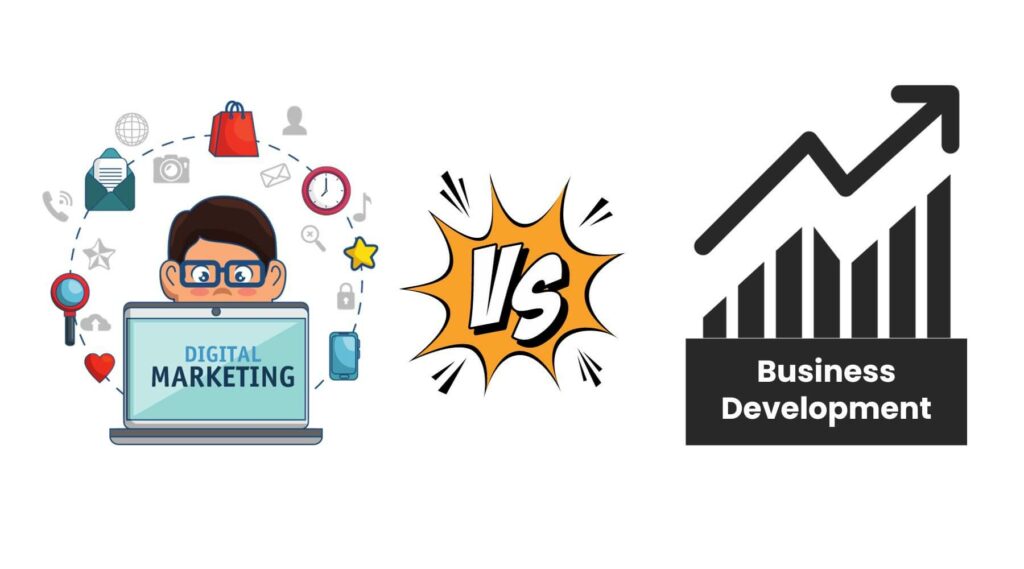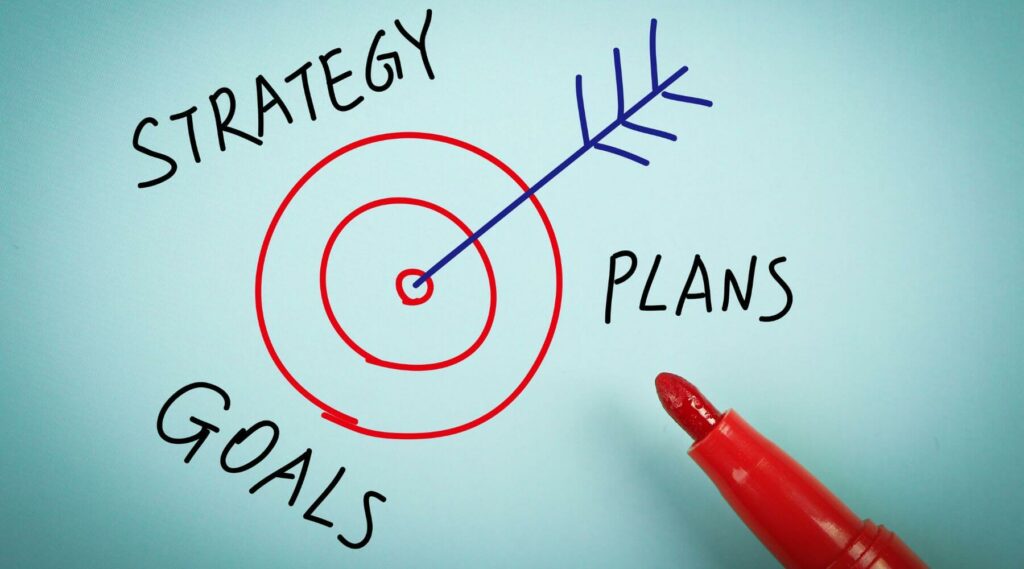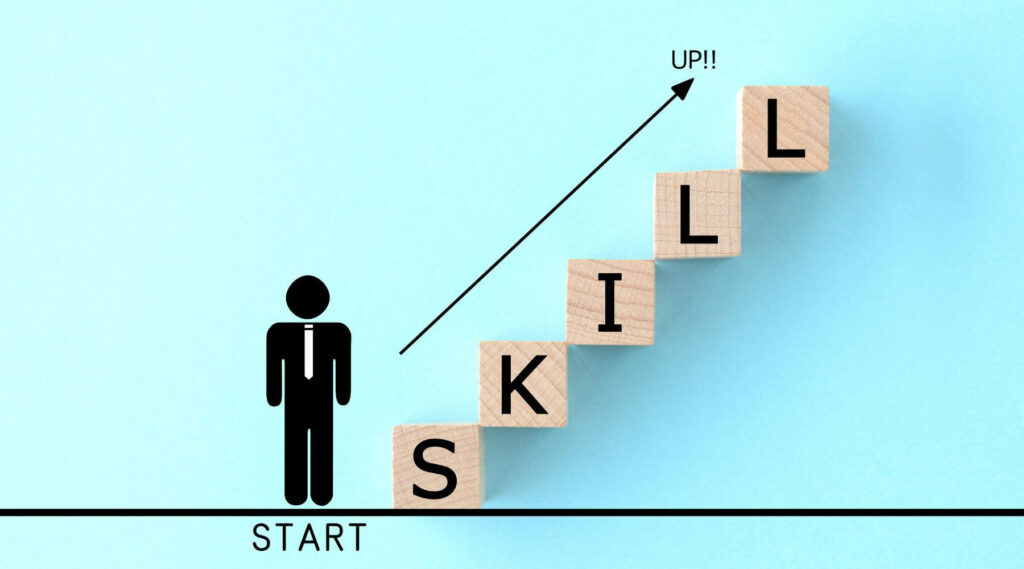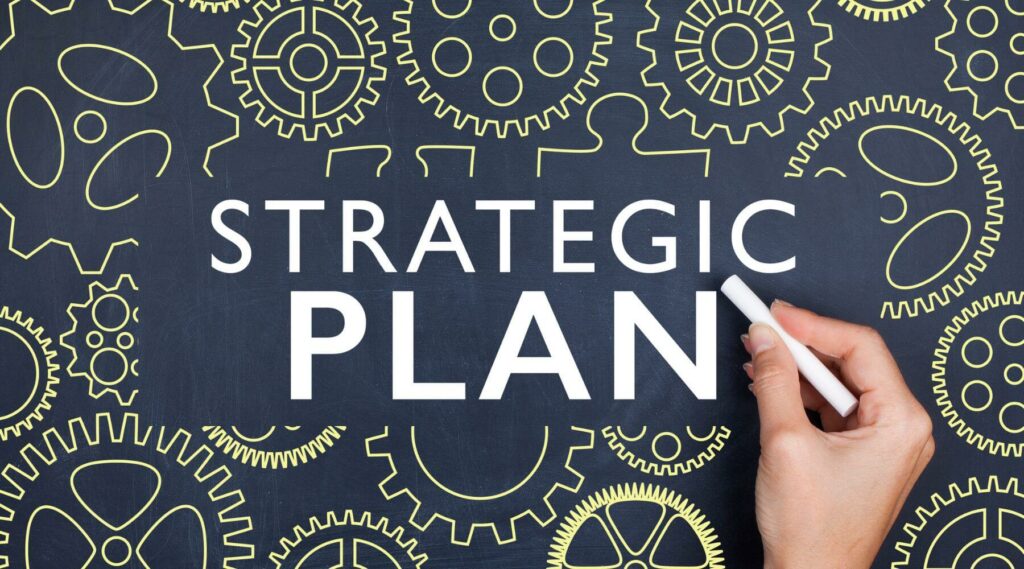Business development is a critical process for any organization seeking to achieve consistent growth and profitability.
By acquiring new clients and opportunities, businesses can expand their reach and increase their revenue streams.

In this article, we’ll explore the ins and outs of business development, its relationship with marketing and sales, and the top strategies and tactics that can help businesses achieve their growth goals.
We’ll also discuss the essential skills needed for effective business development and guide how to create a strategic business development plan.
Additionally, we’ll highlight how we can assist businesses in their business development efforts.
What Is Business Development?
Business development is the process of acquiring new clients and opportunities to drive growth and profitability.

It involves identifying and cultivating relationships with potential clients, nurturing leads, and converting them into paying customers.
Business development is a strategic approach that focuses on expanding a company’s market share, increasing revenue, and maximizing profitability.
Comparing Marketing And Business Development
While business development and marketing are closely related, they have distinct roles within an organization.
Marketing involves determining which products or services to offer, identifying target audiences, pricing strategies, and positioning in the competitive marketplace.

Marketing aims to increase awareness, generate leads, and create demand for the firm’s offerings.
On the other hand, business development focuses on acquiring new marketing or distribution relationships and channels to drive growth. It involves building relationships, nurturing leads, and converting opportunities into clients.
Comparing Sales And Business Development
Business development is often used interchangeably with sales, but they’re not the same.
Sales is the process of converting leads or opportunities into actual paying customers.
Sales professionals are responsible for closing deals and meeting revenue targets.

Business development, on the other hand, encompasses activities beyond sales.
It involves lead generation, qualification, and supporting sales efforts, and may include marketing functions.
Business development professionals focus on building relationships and creating opportunities for sales to occur.
Examples Of Business Development

Business development can take various forms and varies between organizations.
Here are a few examples of business development activities:
- Networking: Building relationships and connections with potential clients, industry influencers, and strategic partners. Networking can be done through professional events, conferences, and online platforms.
- Referrals: Leveraging existing clients, contacts, and industry partners to refer new business. Referrals are a powerful way to acquire qualified leads through trusted sources.
- Thought Leadership: Establishing expertise and credibility in a specific industry or niche through thought leadership content such as articles, books, speaking engagements, and digital platforms.
- Direct Targeting: Proactively reaching out to potential clients through phone calls, emails, and direct mail campaigns. This approach requires precision and relevance to be effective.
- Advertising: Promoting the firm’s offerings through traditional advertising channels such as print, radio, and television, as well as targeted digital advertising campaigns.
Strategy For Business Development
Strategy for business development is vital for long-term success.
It involves aligning business development efforts with the overall goals and objectives of the organization.

A well-defined business development strategy outlines the tactics and activities that will be employed to achieve growth and profitability.
It focuses on acquiring ideal clients for priority services, leveraging the firm’s expertise, and maximizing opportunities in the market.
Comparing Business Development Strategy And Tactics
While strategy and tactics are closely related, there is a distinction between the two.
A business development strategy is a considered and deliberate choice that guides the overall approach to acquiring new clients and opportunities.

It outlines the overarching goals, target audience, and key activities to be pursued.
Tactics, on the other hand, are the specific actions and techniques used to implement the strategy.
Tactics can be adjusted and changed over time, but the strategy remains consistent.
The Top 10 Most Powerful Business Development Strategies

While the specific tactics employed may vary depending on the organization and industry, a study of over 1000 professional services firms identified the top 10 most impactful business development tactics used by high-growth firms.
These tactics include:
- Outbound Sales Calls: Actively reaching out to potential clients through targeted phone calls to generate leads and schedule appointments.
- Assessments/Consultations: Offering free or low-cost assessments or consultations to potential clients to showcase expertise and identify opportunities.
- Speaking at Conferences: Presenting at industry conferences and events to position oneself as a thought leader and attract potential clients.
- Live Product Demonstrations: Providing live demonstrations of products or services to showcase their value and benefits to potential clients.
- Presenting in Webinars: Hosting webinars to educate potential clients on industry trends, best practices, and the firm’s unique offerings.
- Pursuing Industry Awards: Applying for and winning industry awards to enhance the firm’s reputation and credibility.
- Using Business Development Materials: Developing and utilizing customized business development materials such as brochures, case studies, and whitepapers to communicate the firm’s value proposition.
- Utilizing Email Marketing Campaigns: Sending targeted and personalized email campaigns to nurture leads and stay top-of-mind with potential clients.
- Conducting Research: Undertaking research projects to produce valuable insights and data that can be shared with potential clients and industry stakeholders.
- Networking: Building relationships and connections with potential clients, industry influencers, and strategic partners through various networking events and platforms.
Skills for Business Development

To execute effective business development strategies, professionals need to possess a range of skills.
Here are some essential skills:
- Project Management: Strong project management skills are important for managing the business development process, from lead generation to client acquisition. Effective project management ensures that opportunities are effectively tracked and pursued.
- Simplifying Complex Concepts: Communication skills are vital for conveying complex information and services in a way that potential clients can understand. Being able to simplify complex concepts helps to engage potential clients and showcase the firm’s problem-solving abilities.
- Face-to-Face Networking: Despite the shift towards digital communication, face-to-face networking skills are still essential for building relationships and creating opportunities. The ability to connect with potential clients, industry influencers, and strategic partners in person can provide a competitive advantage.
How to Draft a Strategic Plan for Business Development

Creating a strategic plan is significant for guiding your business development efforts and ensuring consistency and effectiveness.
Here are the steps to create a strategic plan:
- Define Your Goals: Clearly define your business development goals, such as increasing revenue, acquiring new clients, or expanding into new markets.
- Identify Your Target Audience: Determine the specific industries, sectors, or demographics that you want to target. Understand their needs, pain points, and buying behaviors.
- Assess Your Resources: Evaluate the resources available to support your business development efforts, such as budget, personnel, technology, and expertise.
- Analyze Your Competitive Landscape: Understand your competitors and their strategies. Identify gaps and opportunities that can differentiate your firm.
- Define Your Unique Value Proposition: Clearly articulate the unique value that your firm offers to potential clients. Highlight your expertise, experience, and track record of success.
- Select Your Strategies and Tactics: Based on your goals, target audience, and available resources, choose the business development strategies and tactics that align with your objectives.
- Develop an Implementation Plan: Outline the specific actions, timelines, and responsibilities for executing your strategies and tactics. Set measurable goals and milestones.
- Track and Measure Results: Regularly monitor and evaluate the effectiveness of your business efforts. Make adjustments as needed based on the data and feedback.
Conclusion
Business development is a game-changing strategy for achieving consistent growth and profitability.
By implementing effective business development strategies and tactics, organizations can acquire new clients, expand their reach, and maximize their revenue streams.
If you’re looking more interesting articles on business development, you may check the following:
- How to Calculate and Manage Your Website Building Cost
- 10 Ultimate Business Growth Strategies That Will Transform Your Company
- How Can I Use LinkedIn To Build My Business
- How To Create A Business Development Plan for Your Startup
FAQs
What is the primary goal of business development?
Business development aims to drive growth and profitability by acquiring new clients and opportunities. It involves cultivating relationships, nurturing leads, and converting them into paying customers.
How does business development differ from marketing?
Marketing focuses on product/service offerings, target audiences, and creating demand. Business development, on the other hand, is about acquiring new relationships and channels to drive growth, involving lead generation, qualification, and converting opportunities into clients.
Is business development the same as sales?
While closely related, business development encompasses activities beyond sales. It involves lead generation, nurturing, and supporting sales efforts. Sales, on the other hand, specifically focuses on closing deals and meeting revenue targets.
Why is a business development strategy essential for long-term success?
A well-defined business development strategy aligns efforts with organizational goals, focusing on acquiring ideal clients, leveraging expertise, and maximizing market opportunities for sustained growth and profitability.
What's the difference between business development strategy and tactics?
A business development strategy is a deliberate choice guiding the overall approach, while tactics are specific actions and techniques used to implement the strategy. The strategy remains consistent, but tactics can be adjusted.
What are some essential skills for effective business development?
Skills include project management for effective lead tracking, communication skills to simplify complex concepts, and face-to-face networking skills for building relationships.
What are the top 10 most powerful business development strategies?
According to a study, impactful strategies include outbound sales calls, assessments/consultations, speaking at conferences, live product demonstrations, webinars, pursuing industry awards, using business development materials, email marketing campaigns, conducting research, and networking.
How can businesses draft a strategic plan for business development?
Steps involve defining goals, identifying target audiences, assessing resources, analyzing the competitive landscape, defining a unique value proposition, selecting strategies and tactics, developing an implementation plan, and tracking and measuring results.







